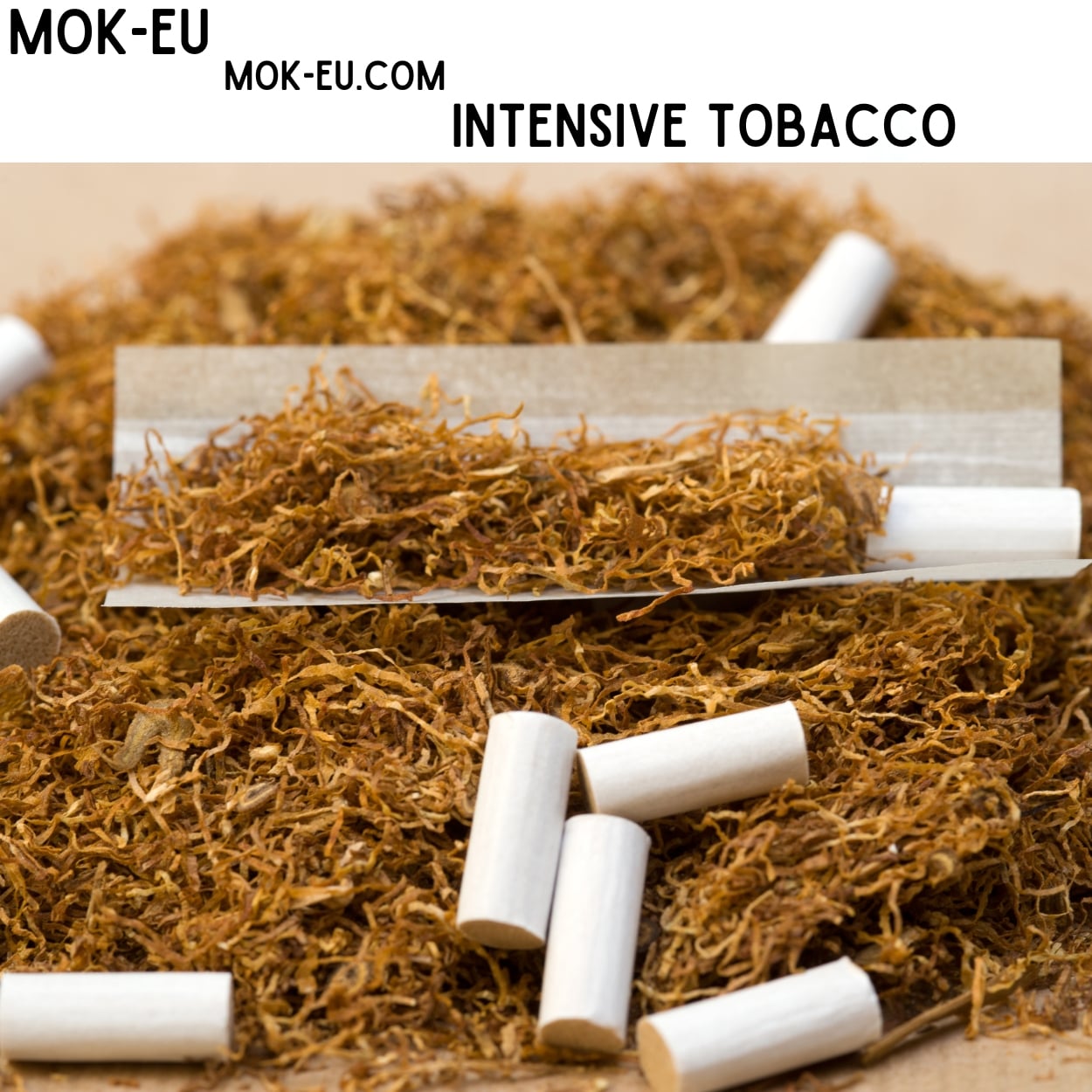Intensive tobacco use carries a multitude of health risks, which can have serious consequences for individuals who use tobacco products. It’s important to recognize these risks and take steps to mitigate them, especially if someone chooses to continue using tobacco. Here’s a comprehensive look at the health risks and harm reduction strategies associated with intensive tobacco use:
-
Cancer: Intensive tobacco use, particularly smoking, significantly increases the risk of various types of cancer, including lung, mouth, throat, and esophageal cancer. The carcinogens in tobacco can damage DNA and lead to the uncontrolled cell growth characteristic of cancer.
Harm Reduction: The most effective way to reduce cancer risk is to quit tobacco use altogether. Nicotine replacement therapy and medications can help with quitting.
-
Respiratory Issues: Smoking damages the lungs and can lead to conditions like chronic obstructive pulmonary disease (COPD) and emphysema. These conditions result in breathing difficulties and reduced lung function.
Harm Reduction: If quitting is not an option, switching to smokeless tobacco products like nicotine gum or lozenges can lessen the impact on the lungs.
-
Cardiovascular Disease: Tobacco use increases the risk of heart disease and stroke. Nicotine raises blood pressure and narrows blood vessels, increasing the workload on the heart.
Harm Reduction: Reducing tobacco consumption or switching to non-combustible options like e-cigarettes can lower the risk of cardiovascular disease.
-
Addiction: Nicotine in tobacco is highly addictive, making it challenging to quit. Nicotine addiction can lead to ongoing tobacco use.
Harm Reduction: Nicotine replacement therapy, counseling, and support groups can help individuals manage their addiction and work towards quitting.
-
Secondhand Smoke: Intensive tobacco use affects not only the user but also those exposed to secondhand smoke, increasing their health risks.
Harm Reduction: Avoid smoking in enclosed spaces, and consider alternatives like smokeless tobacco products or designated smoking areas.
-
Oral Health: Smokeless tobacco products can lead to oral health issues, including gum disease, tooth decay, and oral cancer.
Harm Reduction: Regular dental check-ups, using less harmful tobacco alternatives, and practicing good oral hygiene can help mitigate these risks.
In summary, Intensive tobacco use poses a range of health risks, but there are harm reduction strategies that individuals can employ to minimize these risks. Ultimately, the most effective way to protect your health is to quit tobacco altogether. Seeking support from healthcare professionals, using nicotine replacement therapy, and making lifestyle changes can make quitting more manageable. If quitting is not immediately feasible, transitioning to less harmful tobacco products can also reduce harm. It’s crucial to be well-informed about the risks and to take proactive steps to protect your health if you choose to use tobacco products.
For more information visit mokeu.


